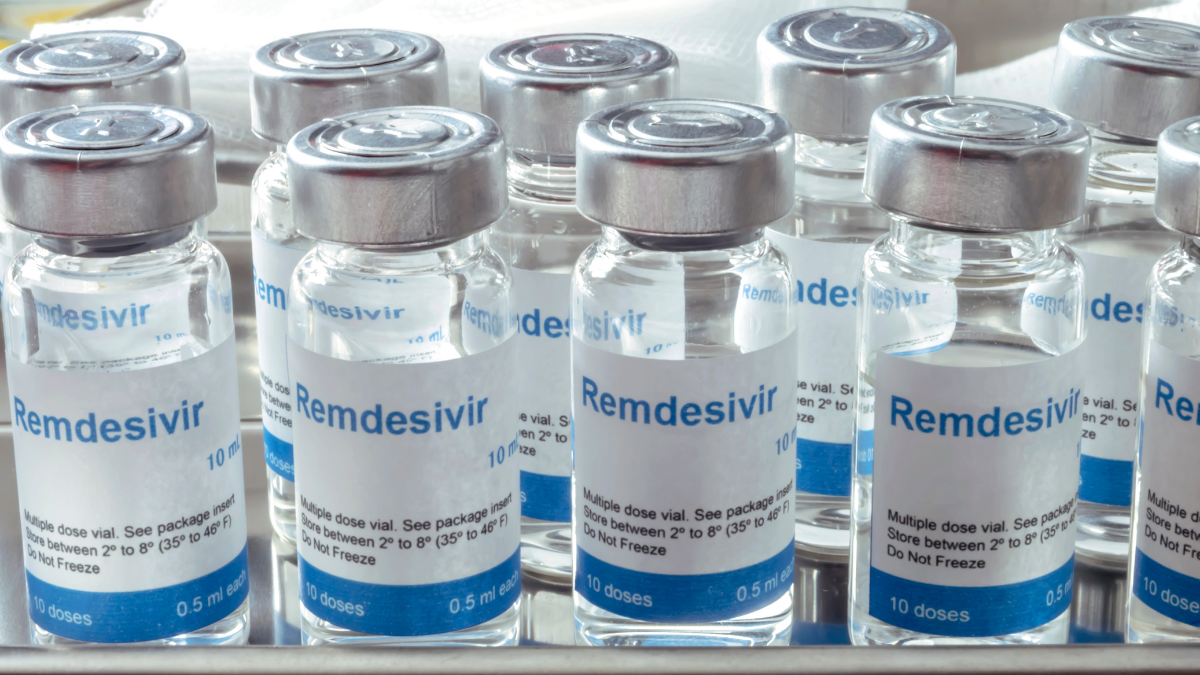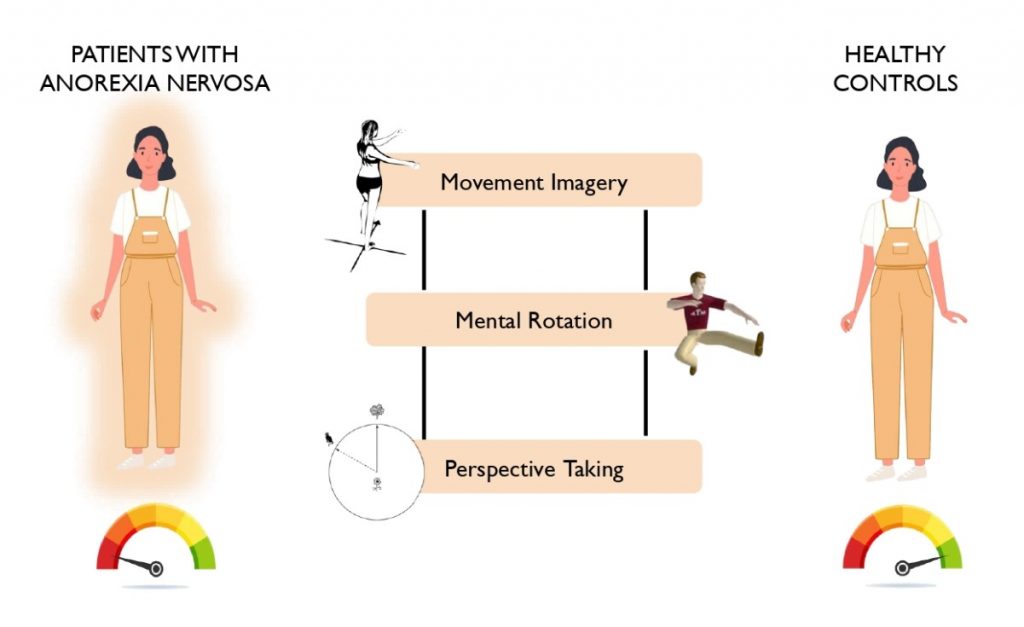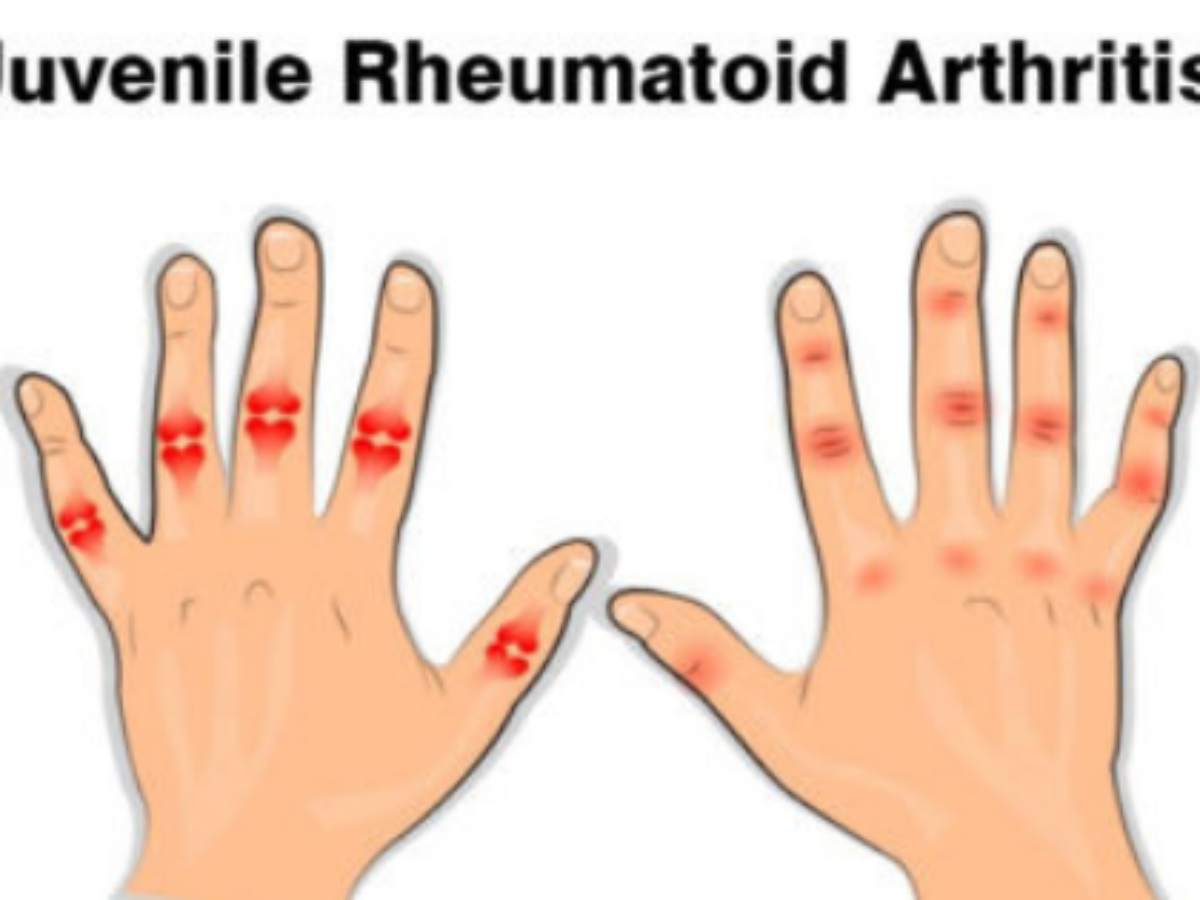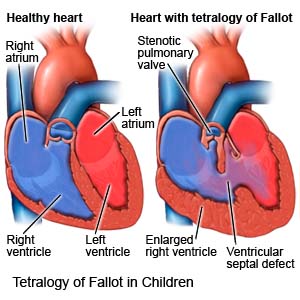Nursing Paper Example on Dengue Fever
Nursing Paper Example on Dengue Fever
Causes
Dengue fever is caused by the dengue virus, which belongs to the Flavivirus genus. This virus is primarily transmitted to humans through the bites of infected Aedes mosquitoes, particularly Aedes aegypti and Aedes albopictus. These mosquitoes thrive in urban environments and breed in stagnant water, making urban areas particularly vulnerable to dengue outbreaks. Travelers to endemic regions are also at risk of acquiring the virus and spreading it to non-endemic areas upon their return.
The transmission cycle begins when a female Aedes mosquito ingests the virus by feeding on the blood of an infected individual during the acute phase of the illness. The virus then replicates within the mosquito’s body, eventually infecting its salivary glands. Subsequent bites by infected mosquitoes can then transmit the virus to susceptible individuals, perpetuating the cycle of transmission.
Various factors contribute to the spread of dengue fever, including population growth, urbanization, and climate change. Increased urbanization creates favorable breeding grounds for Aedes mosquitoes, such as discarded tires, containers, and other water-holding receptacles commonly found in urban environments. Climate change further exacerbates the problem by expanding the geographical range of Aedes mosquitoes and prolonging their breeding season.
Additionally, globalization and increased travel facilitate the spread of dengue fever to non-endemic areas, as infected individuals can unknowingly transport the virus across borders. Lack of effective mosquito control measures, inadequate healthcare infrastructure, and socio-economic disparities also contribute to the persistence of dengue fever in endemic regions. Overall, understanding the multifaceted causes of dengue fever is essential in implementing comprehensive strategies for its prevention and control. (Nursing Paper Example on Dengue Fever)
Signs and Symptoms
The onset of dengue fever is often abrupt, typically occurring 4 to 10 days after being bitten by an infected mosquito. The hallmark symptoms of dengue fever include high fever, severe headache, pain behind the eyes (retro-orbital pain), joint and muscle pain (myalgia and arthralgia), and a characteristic skin rash.
The fever associated with dengue fever can rise rapidly, reaching temperatures as high as 104°F (40°C) or more. This fever may be accompanied by chills and sweating. Severe headache, often described as a throbbing pain, is a common feature of dengue fever and can significantly impair daily activities.
Patients may also experience pain behind the eyes, known as retro-orbital pain, which can worsen with eye movement. Joint and muscle pain, including myalgia and arthralgia, are also prevalent and can be debilitating, affecting mobility and quality of life.
In addition to these primary symptoms, patients may present with other manifestations such as nausea, vomiting, and mild bleeding from the nose or gums. Some individuals may develop a characteristic skin rash, which typically appears 2 to 5 days after the onset of fever and may spread throughout the body.
While most cases of dengue fever are self-limiting and resolve within a week, some individuals may progress to severe dengue, also known as dengue hemorrhagic fever (DHF) or dengue shock syndrome (DSS). These severe forms of the disease are characterized by plasma leakage, severe bleeding, and organ impairment, and require prompt medical attention to prevent complications and reduce mortality. Recognizing the signs and symptoms of dengue fever is crucial in facilitating early diagnosis and appropriate management, thereby minimizing the risk of severe outcomes. (Nursing Paper Example on Dengue Fever)
Etiology
The etiology of dengue fever lies in the transmission and replication of the dengue virus within the human body. Upon entering the bloodstream through the bite of an infected mosquito, the dengue virus targets immune cells, including dendritic cells and macrophages. These cells serve as initial targets for viral replication, allowing the virus to establish infection and evade host immune responses.
The dengue virus belongs to the Flavivirus genus and comprises four distinct serotypes: Dengue virus serotypes 1, 2, 3, and 4. Each serotype shares structural and genetic similarities but elicits specific immune responses. Individuals infected with one serotype develop lifelong immunity to that particular serotype but remain susceptible to infection by the other serotypes.
Following viral entry into the bloodstream, the dengue virus undergoes replication in target cells, leading to viremia and dissemination throughout the body. The replication process is facilitated by viral proteins that interact with host cell receptors, enabling viral entry and hijacking of cellular machinery for replication.
The immune response to dengue virus infection plays a crucial role in the pathogenesis of dengue fever. Upon recognition of viral antigens, the host immune system mounts both innate and adaptive immune responses to control viral spread. However, in some cases, an exaggerated immune response can contribute to disease severity, leading to vascular leakage, thrombocytopenia, and hemorrhagic manifestations.
Factors such as host genetic susceptibility, viral virulence, and immune status influence the clinical outcome of dengue fever. Genetic polymorphisms in host immune genes can modulate individual susceptibility to severe dengue, while pre-existing immunity to one serotype may enhance the severity of subsequent infections with a different serotype, a phenomenon known as antibody-dependent enhancement (ADE).
Overall, the etiology of dengue fever is multifactorial, involving complex interactions between the virus, the host immune system, and various environmental and genetic factors. Understanding these factors is essential for developing effective strategies for dengue prevention and control. (Nursing Paper Example on Dengue Fever)
Pathophysiology
The pathophysiology of dengue fever involves a complex interplay between the dengue virus, the host immune system, and various cellular and molecular pathways. Upon entering the bloodstream through the bite of an infected mosquito, the dengue virus targets immune cells, including dendritic cells, macrophages, and monocytes, which serve as primary sites for viral replication.
Once inside the host cells, the dengue virus undergoes replication, leading to the production of viral proteins and the release of viral particles. This process triggers an immune response characterized by the activation of both innate and adaptive immune mechanisms.
The innate immune response involves the release of pro-inflammatory cytokines and chemokines, such as interleukin-6 (IL-6) and tumor necrosis factor-alpha (TNF-α), which recruit immune cells to the site of infection and promote inflammation. These cytokines also stimulate the production of interferons, which play a crucial role in limiting viral replication and spread.
The adaptive immune response is mediated by T cells and B cells, which recognize specific viral antigens and mount antigen-specific immune responses. T cells are involved in the clearance of virus-infected cells, while B cells produce antibodies that neutralize the virus and prevent its spread to uninfected cells.
However, in some cases, the immune response to dengue virus infection can become dysregulated, leading to excessive inflammation and tissue damage. This dysregulated immune response is thought to contribute to the pathogenesis of severe dengue, including plasma leakage, thrombocytopenia, and hemorrhagic manifestations.
The mechanisms underlying severe dengue are not fully understood but are believed to involve endothelial dysfunction, coagulopathy, and vascular leakage. Endothelial cells lining blood vessels play a central role in maintaining vascular integrity, and their dysfunction during dengue infection contributes to increased vascular permeability and plasma leakage.
Overall, the pathophysiology of dengue fever is complex and multifaceted, involving intricate interactions between the virus, the host immune system, and various cellular and molecular pathways. Further research is needed to elucidate the underlying mechanisms of severe dengue and identify potential targets for therapeutic intervention. (Nursing Paper Example on Dengue Fever)
DSM-5 Diagnosis
Diagnosing dengue fever involves a combination of clinical assessment, travel history, and laboratory testing. According to the Diagnostic and Statistical Manual of Mental Disorders, Fifth Edition (DSM-5), the criteria for diagnosing dengue fever include the presence of fever, thrombocytopenia, and evidence of plasma leakage, such as hemoconcentration or pleural effusion.
The diagnostic process typically begins with a thorough medical history and physical examination to assess the patient’s symptoms and potential exposure to dengue virus. Travel history to endemic regions and recent mosquito bites are important considerations, as they can help identify the likelihood of dengue infection.
Laboratory testing is essential for confirming the diagnosis of dengue fever and ruling out other potential causes of fever and flu-like symptoms. Common laboratory tests include serological assays, such as enzyme-linked immunosorbent assays (ELISA), and molecular tests, such as reverse transcription-polymerase chain reaction (RT-PCR), to detect viral RNA.
Key laboratory findings suggestive of dengue fever include leukopenia, thrombocytopenia, and elevated liver enzymes. Thrombocytopenia, defined as a platelet count below 100,000 cells/mm3, is a hallmark feature of dengue fever and can help distinguish it from other febrile illnesses.
In addition to laboratory tests, imaging studies such as ultrasound and chest X-ray may be performed to evaluate for evidence of plasma leakage and organ involvement. Ultrasonography can detect pleural effusion, ascites, and other signs of vascular leakage, while chest X-ray may reveal pulmonary infiltrates in severe cases of dengue hemorrhagic fever.
Overall, the diagnosis of dengue fever requires a comprehensive approach that integrates clinical assessment, travel history, and laboratory testing. Early recognition and prompt diagnosis are essential for initiating appropriate management and preventing complications associated with severe dengue. (Nursing Paper Example on Dengue Fever)
Treatment Regimens and Patient Education
The management of dengue fever focuses on supportive care to alleviate symptoms and prevent complications. There is currently no specific antiviral treatment for dengue fever, so treatment primarily involves addressing the patient’s symptoms and providing supportive measures. Patients with mild dengue fever are advised to rest, stay hydrated, and take medications such as acetaminophen (paracetamol) to reduce fever and relieve pain. Non-steroidal anti-inflammatory drugs (NSAIDs) should be avoided due to the risk of exacerbating bleeding complications.
In severe cases of dengue fever, hospitalization may be necessary for close monitoring and intravenous fluid therapy to prevent or manage dehydration. Patients with evidence of plasma leakage or severe bleeding may require transfusion of blood products, such as packed red blood cells or platelets, to maintain adequate circulation and prevent shock.
In addition to supportive care, patient education plays a crucial role in dengue prevention and management. Patients should be counseled on measures to reduce mosquito exposure, including using insect repellents, wearing protective clothing, and sleeping under mosquito nets, especially during peak biting times (dawn and dusk). Eliminating mosquito breeding sites around the home, such as stagnant water containers, gutters, and flower pots, is also essential in preventing mosquito breeding and reducing the risk of dengue transmission.
Furthermore, patients should be educated on the signs and symptoms of dengue fever and instructed to seek medical attention promptly if they experience fever, severe headache, pain behind the eyes, or unexplained bleeding. Early diagnosis and treatment can help prevent complications associated with severe dengue and improve patient outcomes.
Healthcare providers play a vital role in patient education, providing accurate information about dengue fever, its transmission, and prevention strategies. This includes addressing misconceptions and myths about dengue, such as the use of herbal remedies or traditional medicines, which may not be effective and can delay appropriate medical care.
Community-based education and outreach programs are also important in raising awareness about dengue fever and promoting preventive measures at the population level. By empowering individuals and communities with knowledge and resources, we can work together to reduce the burden of dengue fever and create healthier and safer environments for all. (Nursing Paper Example on Dengue Fever)
Conclusion



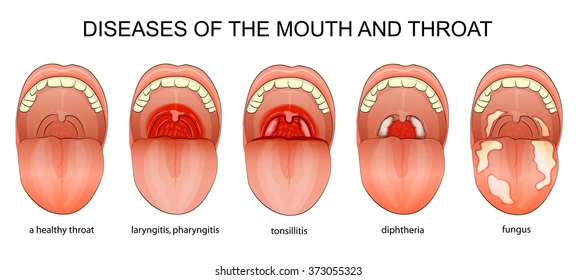 Causes
Causes
